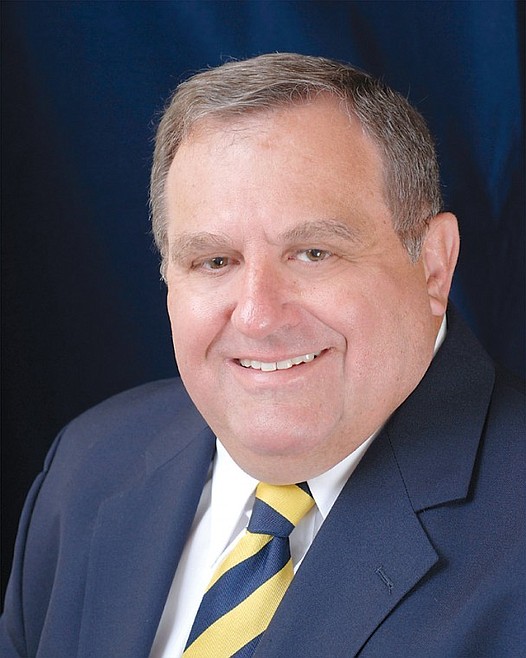COMMENTARY: America still needs more welders, fewer philosophers
Don C Brunell | Columbia Basin Herald | UPDATED 1 year, 10 months AGO
In 2017, I wrote a column titled “America needs more welders and fewer philosophers.” It was a slogan Florida Sen. Marco Rubio used in his 2016 presidential campaign to call attention to the need for more skilled workers.
Rubio hit the nail on the head without disrespecting philosophers. The American Welding Society estimated our country now requires 400,000 new welders.
This scarcity is primarily due to the substantial number of skilled workers retiring and fewer young men and women entering technical training programs. The encouraging news is the number of female welders is now rising and is expected to top 7% of that trade’s workforce by 2026.
Although compounded by the global COVID-19 pandemic, the current welder shortage is not new, Welding Digest reported. “It caused headaches for welding shops long before the pandemic.”
Advancements in robotics help to fill the gap. New computerized welding equipment on the market today is designed for quick and easy setup, with a focus on push-button operation, AWS reports.
Robotic welding originated in the 1980s, marking a significant leap in manufacturing technology, especially on automobile assembly lines. Those robots work independently of people, although programmed by humans.
However, in recent years collaborative robot welding, or cobot, technology has gained traction and allows robots to team with human welders on a variety of different jobs. Cobots manage mundane duties, while welders are assigned more value-added jobs.
It is not a matter of pay. A welder with basic skills now averages $47,000 a year with good benefits. Those who complete further training and gather job site experience can earn more than $100,000 annually. Welders with unique skills working on pipelines, with exotic metals and on underwater projects command even greater wages.
There is another financial advantage. Welding students do not face crushing financial debt from student loans. The average university undergraduate borrows $37,000, according to The Institute of College Access and Success. That means they will be paying more than $300 a month over 10 years.
Welding is just one example of America’s shortage of skilled workers.
The National Association of Manufacturers reports 2.1 million manufacturing positions must be filled over the next decade.
Nationally, an estimated three million jobs are available in the skilled trades — electricians, plumbers, manufacturing workers, pipefitters, mechanics, appliance repair, computer techs and welders. Traditionally known as blue-collar jobs, they routinely pay $40,000 to $60,000 a year with good benefits including health care.
My father was a World War II vet who used the G.I. bill to become a journeyman electrician. He rose through the ranks to become a master electrician and made a good living for his family. His skills and experience landed him coveted jobs such as the electrical superintendent of multi-million construction projects housing complicated high-voltage machinery.
Just like any craftsman today, he had to master math, science, and engineering — the skills we now commonly associate with STEM education. He also had to learn to read, interpret and apply instructions from manuals and blueprints.
Acquiring a craft is demanding work requiring long hours and persistence. Today, welding students learn and practice using advanced computer simulators. “To the user this looks and sounds like actual welding — complete with metal workpieces, welding arcs and weld beads,” AWS reports.
The good news is that this shortage leaves young men and women with great employment opportunities. There is not a shortage of work. There is a shortage of workers, Industry News concluded. “Rather than spending four to six years in school and selling your soul just to be there, you can complete a trade-specific program in just two years with better potential job security to boot.”
The bottom line is competent and dedicated skilled workers are vital to bringing manufacturing back to America.
Don C. Brunell is a business analyst, writer, and columnist. He retired as president of the Association of Washington Business, the state’s oldest and largest business organization, and now lives in Vancouver. He can be contacted at [email protected].

